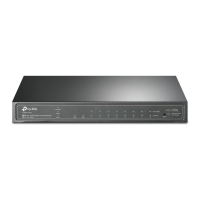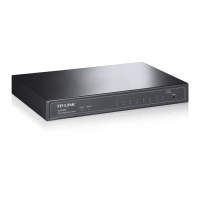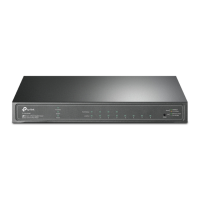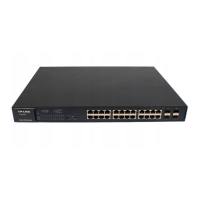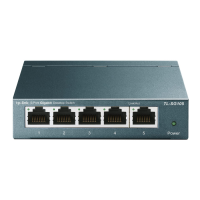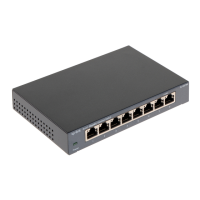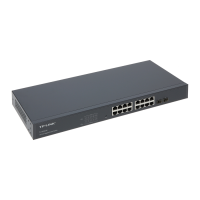
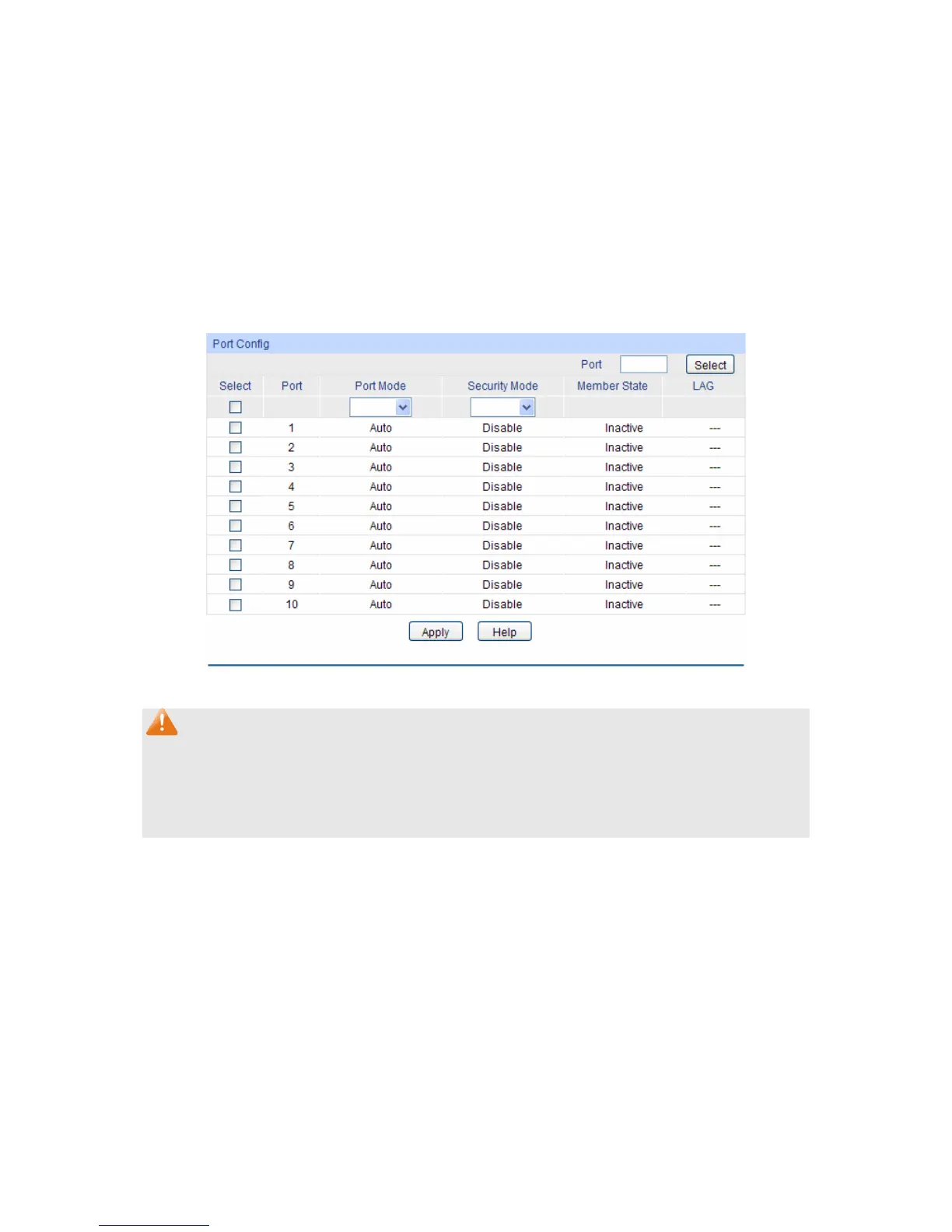 Loading...
Loading...
Do you have a question about the TP-Link TL-SG2216 and is the answer not in the manual?
| Jumbo frames | 10000 |
|---|---|
| Forwarding rate | 23.8 Mpps |
| MAC address table | 8000 entries |
| Jumbo frames support | Yes |
| Packet buffer memory | 4 MB |
| Supported data transfer rates | 10/100/1000 Mb/s |
| 10G support | No |
| Number of VLANs | 512 |
| Networking standards | IEEE 802.1D, IEEE 802.1p, IEEE 802.1Q, IEEE 802.1s, IEEE 802.1w, IEEE 802.3ab, IEEE 802.3i, IEEE 802.3u, IEEE 802.3x, IEEE 802.3z |
| Virtual LAN features | Multicast VLAN, Tagged VLAN, Voice VLAN |
| DHCP features | DHCP client |
| Security algorithms | SSH, SSL/TLS |
| Switch type | Managed |
| Switch layer | L2 |
| Combo SFP ports quantity | 2 |
| Installed SFP modules quantity | 0 |
| Basic switching RJ-45 Ethernet ports type | Gigabit Ethernet (10/100/1000) |
| Basic switching RJ-45 Ethernet ports quantity | 16 |
| Power source | AC |
| AC input voltage | 100 - 240 V |
| AC input frequency | 50 - 60 Hz |
| Power supply included | - |
| Form factor | 1U |
| Certification | CE, FCC, RoHS |
| Product color | Black |
| Minimum system requirements | Microsoft® Windows® XP, Vista™ or Windows 7, Windows 8, MAC® OS, NetWare®, UNIX® or Linux. |
| Storage temperature (T-T) | -40 - 70 °C |
| Operating temperature (T-T) | 0 - 40 °C |
| Storage relative humidity (H-H) | 5 - 90 % |
| Operating relative humidity (H-H) | 10 - 90 % |
| Cabling technology | 10BASE-T/100BASE-TX/1000Base-T |
| Package depth | 250 mm |
| Package width | 528 mm |
| Package height | 80 mm |
| Package weight | 2600 g |
| Depth | 180 mm |
|---|---|
| Width | 440 mm |
| Height | 44 mm |
Overview of the guide, switch features, and appearance.
Step-by-step guide to access the switch's web management interface.
Configure system properties like description, time, IP address, and network parameters.
Configure basic port settings like speed, duplex, flow control, and status.
Segment the network using VLANs for improved traffic management and security.
Configure STP to prevent network loops and ensure topology stability.
Prioritize network traffic to ensure quality for voice and critical applications.
Implement security policies to filter traffic and control network access.
Monitor system performance (CPU/Memory) and manage logs for troubleshooting.
Perform cable tests, loopback tests, Ping, and Tracert for diagnostics.
